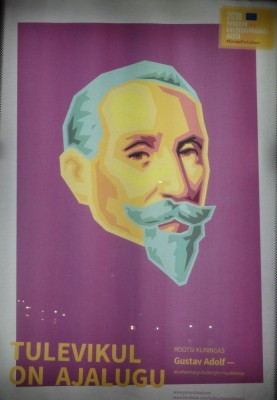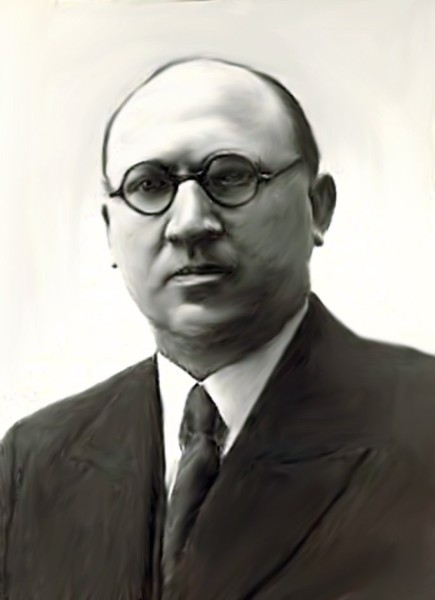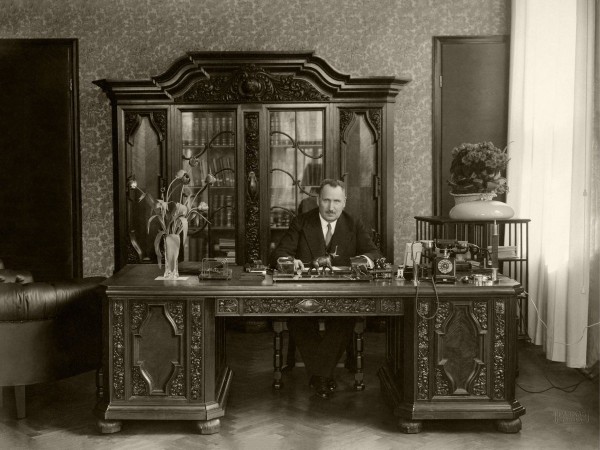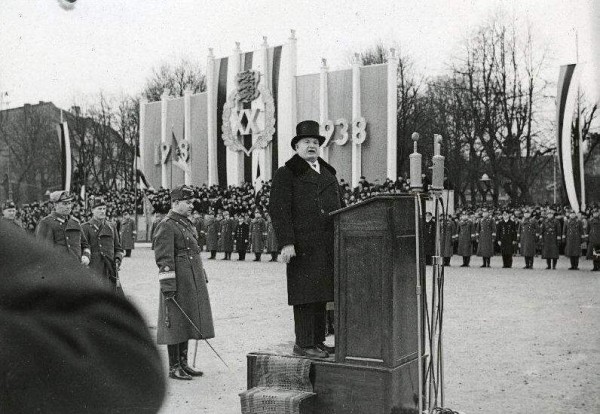There a a lot of men who have been pillars of Estonian nation- and culture building and whose habemed (beards) and vuntsid (moustaches) would qualify them as quite hipsterish today. And if they were all pictured in a row, would you be able to distinguish kes on kes (who's who)?...
There's Carl Robert Jakobson, who played a leading role during ärkamis/aeg (the period of Estonian national awakening) starting in the 1850s, aka Mr 500-kroon banknote, with a statue of his likeness in Viljandi; Jakob Hurt, known as the king of Estonian folklore during the late 19th century, aka Mr 10-kroon banknote, with a statue of his likeness in Tartu; statesman Jaan Tõnisson, also with a statue of his likeness in Tartu, and the man on the photo, who, of course, has a statue of his likeness in Tartu and... He's not Estonian and lived a few centuries before the other bearded leading men.
It's Swedish kuningas (king) Gustav Adolf, described on this Tallinn street ad as "akadeemia ja tudengite maale/tooja" – importer of academics and students, to Estonia. In 1632, he founded Academia Dorpatensis, known today as the University of Tartu and is one of tens of figures (and a few objects) currently featured in a huge campaign in Estonia kicking off Euroopa Kultuuri/pärandi/aasta – the European Year of Cultural Heritage. Hurt and Tõnisson are also featured, as are numerous female national cultural icons, although visually not as distinguishably hipster. I haven't happened to see Jakobson lit up streetside. Yet.
So 2018 is not only the year of Estonia's centenary (www.ev100.ee, @EestiVabariik100 and @Estonia 100), but on a larger scale also the European Year of Cultural Heritage. The Europe-wide website is www.europa.eu/cultural-heritag... and Estonia's local is www.parandiaasta.ee. Attention @kultuuriparandiaasta and #EuropeForCulture. Tulevikul on ajalugu – the future has a history.
Riina Kindlam, Tallinn
Advertisement / Reklaam
Advertisement / Reklaam


























